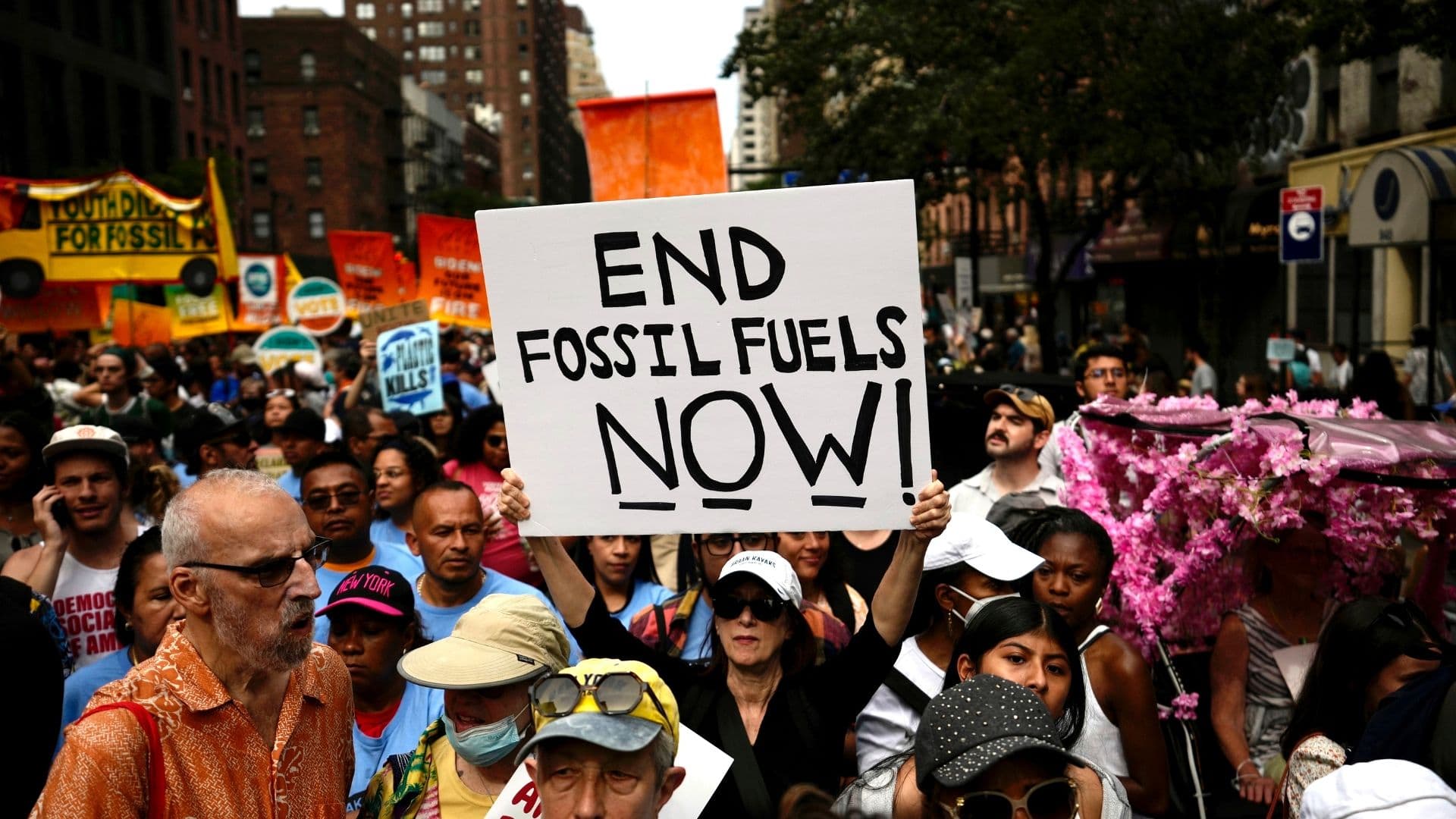Cyclone Fina Strengthens to Category 3, Threatens Northern Territory Coast
Tropical Cyclone Fina intensifies into a Category 3 storm as it tracks close to Australia’s Northern Territory, bringing sustained winds near 120 km per hour and higher gusts that could cause destructive damage. The Bureau of Meteorology warns of heavy rain and flash flooding with localized totals near 200 mm possible in parts of the Darwin area, as authorities open shelters and mobilize emergency supplies.

Tropical Cyclone Fina intensifies into a Category 3 system on Saturday, Nov. 22, 2025, as it moves near Australia’s Northern Territory, bringing dangerous winds and heavy rainfall to coastal communities and nearby islands. Meteorologists report sustained winds of about 120 km per hour near the storm core with higher gusts likely, prompting warnings of destructive conditions, flash flooding and significant disruption to life and property.
The Bureau of Meteorology urged residents in potentially affected areas to prepare for the worst of the winds later in the day and overnight. Forecasters said localized rainfall totals of around 200 mm, or about eight inches, were possible in some parts of the Darwin area, a volume that increases the risk of flash flooding in low lying and urban areas where drainage is limited. The cyclone has remained mainly over water, but its proximity to shore means impacts could be severe even without a direct landfall.
Local authorities moved to bolster readiness across the region. Emergency shelters were activated and non government organizations including the Salvation Army joined local emergency services in staging supplies and preparing to assist vulnerable residents. Officials emphasized protecting life as the priority, advising people to secure properties where possible and to follow local emergency instructions as the situation evolves.
Communities along the northern coastline face familiar threats that accompany severe tropical cyclones in Australia’s seasonal period that runs from November through April. Heavy rain and saturated catchments can quickly lead to hazardous flooding, while strong winds have the potential to damage infrastructure and interrupt power and communications. Island communities and remote settlements are especially at risk because of limited access and the potential for supply disruptions.
Maritime traffic and offshore operations are also likely to face delays and increased risk while the system remains over water near the coast. Authorities typically issue separate marine warnings and advise vessels to seek safe harbor well in advance of deteriorating conditions. Transport hubs serving the region may experience disruptions to schedules as emergency planning takes effect.
As Cyclone Fina develops, authorities and aid groups are emphasizing community preparedness and the safety of those most at risk. The coming hours are critical for response teams and residents in coastal localities who may encounter severe gusts and intense downpours. Officials will continue to monitor the storm’s track and intensity and to update warnings as conditions change, while local emergency centers stand ready to coordinate relief and recovery should the cyclone produce damaging impacts onshore.

